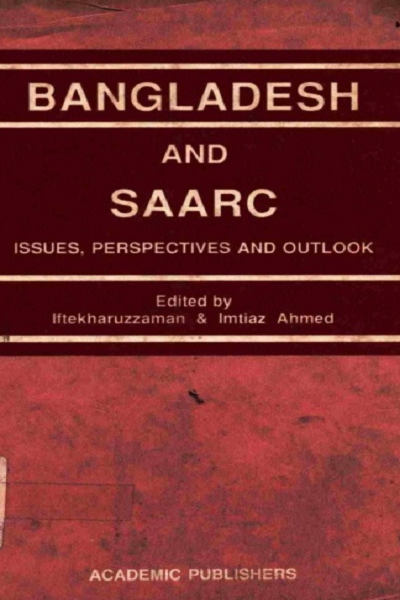Regionalism, Political Economy and Practical Cooperation

At a time when South Asian regionalism seemed trapped between ambition and inertia, this book assembled leading scholars and practitioners to diagnose impediments and identify executable paths forward. The chapters dissect SAARC’s design—consensus norms, thin secretariat, lack of dispute resolution—and the domestic political economies that generate veto players. They provide granular analysis of trade structures, non-tariff barriers and rules-of-origin frictions; explore the scope for cross-border power trade, transit and standards convergence; and consider social sectors—health surveillance, higher education and culture—where cooperation yields visible citizen benefits. Bangladesh’s interests and constraints are treated candidly: geography as opportunity, connectivity as leverage, and credibility as the decisive asset. While realistic about historical baggage, contributors make the case for minilateralism inside the SAARC tent, where willing partners advance deliverables that others can later join. The result is a manual for converting declarations into measurable gains through modest institutions, verifiable commitments and open communication that builds coalitions at home.